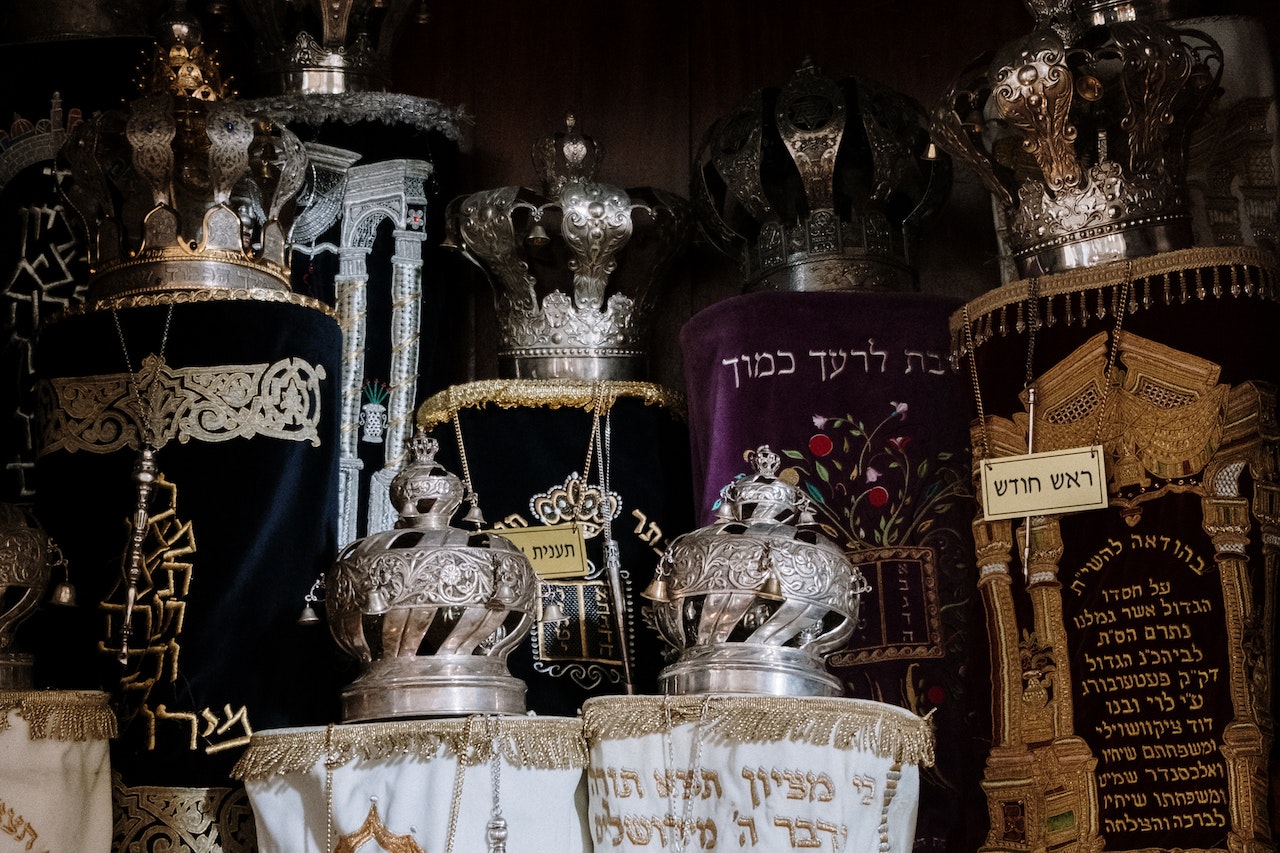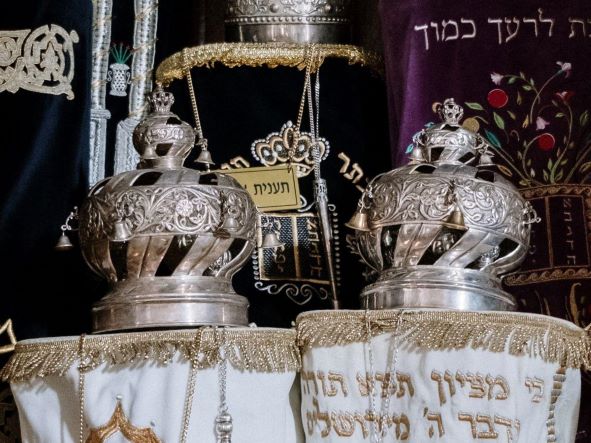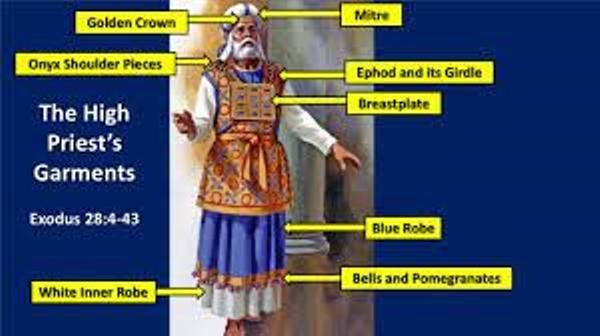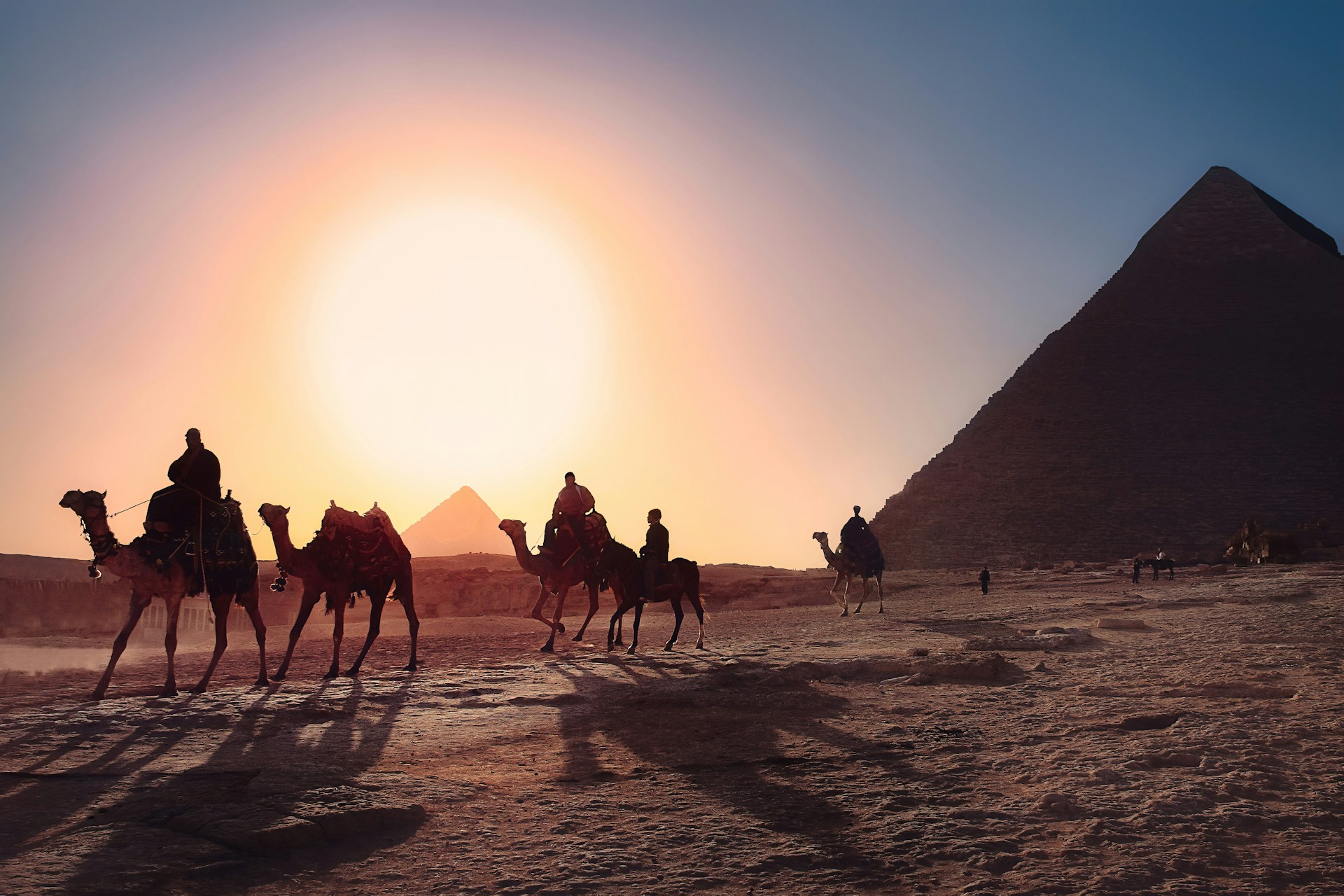Do Clothes Make…the Torah?

This week I had the privilege of meeting with the parents of teens in two of our signature programs— our Leo Martin March of the Living and Diller Teen Fellows.
At every gathering at CAJE, we begin with a Dvar Torah to inspire participants and ground our work within our sacred textual tradition. Below are the words I delivered to them, that I hope will inspire you as well.

Photo by cottonbro studio at Pexels
Our parsha this week is called Tetzaveh and is taken from the Book of Shemot / Exodus. It goes into great detail about the vestments (i.e., the sacred clothing) worn by the Kohain Gadol (High Priest)- a crown, a breast plate, a robe, a sash and a fringed tunic with little bells on the bottom, among other items.
Take a look at this picture of the Kohain Gadol (as we imagine his vestments to have looked) and tell me if you’ve ever seen these items used today within our Jewish community.
It took our parents a few moments but then they realized they’ve seen that breastplate before…
“Wait, isn’t that what we put on the Torah scroll?!?” Someone usually exclaims."

Yes, indeed it is! You might have noticed that we still see many of these same vestments in synagogues today, even though we don't have any High Priests to wear them. Where are they?.... In Ashkenazi synagogues on the Torah scroll!
The robe and the fringed tunic are often one and the same, but the breast plate hanging in front of the scroll, the crown/ headdress sitting on the top, the bells hanging off of the crown, and the sash that ties the scroll together are all there.
Accident? No accident.
Sometime following the destruction of the Second Temple in the early middle ages, the rabbis or the Jewish people began to dress the Torah like this.
Then the next question I posed to them was… Why? Why did they do that? What were they hoping to convey by this symbolic act?
And here are several answers:
- They wanted to remember the Temple and its leadership and memorialize it in some way.
- They wanted to convey a message about the locus of authority as it changed from the Temple to the synagogue, from the High Priest to the Torah (and the interpreters of Torah now called rabbis.) The rabbis were part of helping the Jewish people integrate these massive religious/ national changes, and dressing the Torah scroll in the garb of the High Priest was a means by which to do that.
- They wanted to convey a message about leadership. Priests are born into their position; it’s dynastic. Rabbis had to earn their position by mastering the learning needed. Anyone with enough motivation and smarts could become a rabbi regardless of who their father was or their social class (the great Rabbi Akiva was an illiterate shepherd until he reached adulthood, when he went to school with his oldest child, learned his alef-beit (abc’s) and then went on to study for many decades before becoming the acclaimed sage we now know.)
From ~150 BCE - 70CE, the High Priest and the priestly class in general were the everyday medium of Divine communication and sacred authority in the world alongside the rabbis, who were teachers of Torah in small synagogues and study halls.
Once the Temple in Jerusalem was destroyed, the priests lost their locus of power and authority and only the rabbis remained. The rabbis’ understanding of Judaism became the authoritative understanding and their way of hearing Divine communication became available to all (men) who sought to “hear” it through Torah study.
As Chancellor Louis Finkelstein of the Jewish Theological Seminary once said: When I pray, I speak to G!D. When I study [Torah], G!D speaks to me.
Then I ask the parents, so what does this have to do with you and your children?
The same motives for moving the vestments of the High Priest to the Torah scroll are applicable to what we hope your children will gain from taking part in our CAJE programs.
We want your children to be carriers of Jewish memory.
We want your children to discover how Judaism speaks to them (is authoritative) in their lives today.
We want your children to see themselves as Jewish leaders and learn the principles of good leadership so they can assume that mantle as they become adults and carry our people’s story forward into future generations.
The Midrash on Shir HaShirim (Song of Songs) 1:4, 1 offers this teaching:
…When the Israelites stood before Mount Sinai to receive the Torah, the Holy One Blessed be He said to them: ‘Should I give you the Torah without assurance? Bring Me good guarantors that you will observe the Torah, and I will give it to you.’
They [the Israelites] said before Him: ‘Master of the Universe, our ancestors will be guarantors for us.’
He said to them: ‘Your ancestors are not good enough guarantors.’
They said before Him: ‘Master of the universe, our prophets will be guarantors for us.’
He said to them: ‘I have [claims] against them… bring me guarantors that are more effective, and I will give it to you.’
They said: ‘Our children will be guarantors for us.’
The Holy One Blessed be He said: ‘They are certainly good guarantors, I will give it to you on their account.’
Our children will indeed be the guarantors of Judaism into the future and CAJE’s programs will be helping them live up to their sacred responsibility to serve as our community’s guarantors every step of their way.
Shabbat Shalom!





